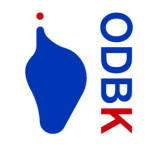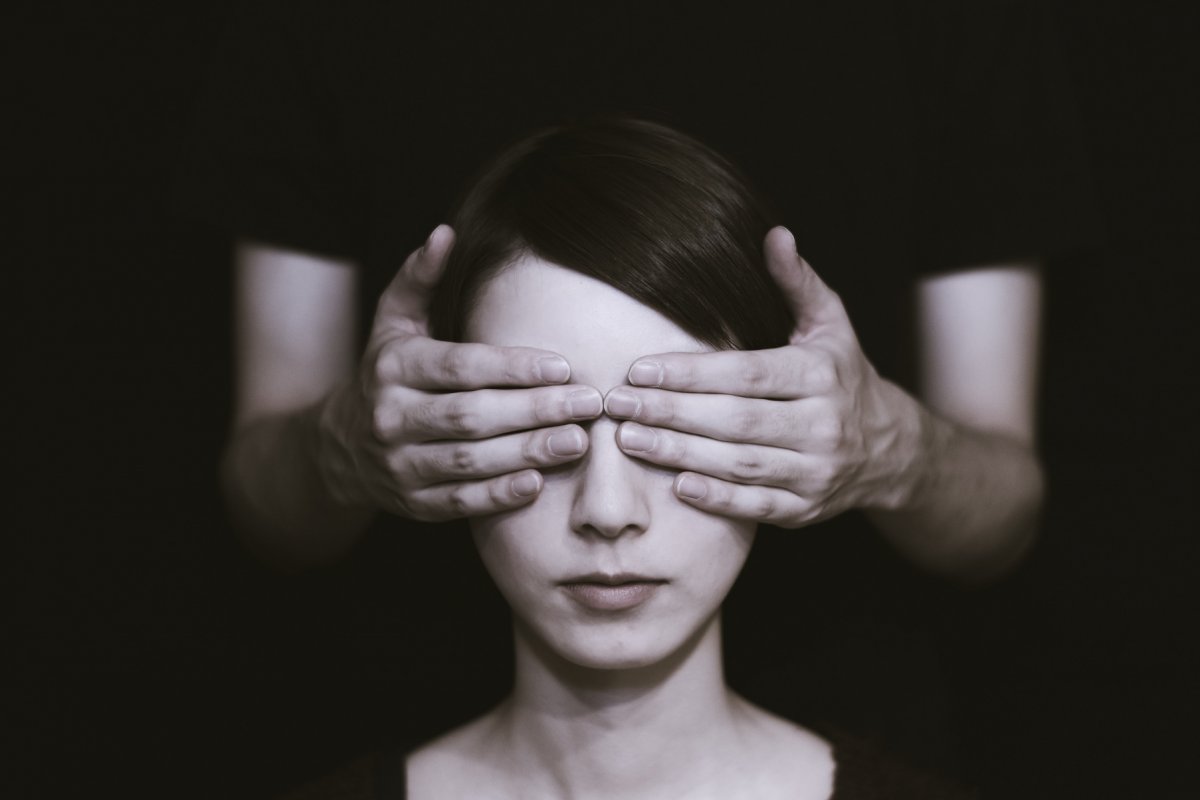by Julie Krejčí
The beauty of literature lies in its ability to momentarily transport people and give them insight into the lives of others. One may never know what it is like to grow up as a person of color, experience living in an abusive household, or struggle with one’s sexuality or gender identity in their life. Yet, through literature, anyone is able to read about experiences they have never had, while simultaneously opening space for the understanding of those who have lived such stories. To not know any other struggle apart from your own creates a divide between people, making the lives of others foreign. As can be seen through the various examples, such as the rise of the far right in Europe, what is foreign is often seen as dangerous and must be eliminated. Having access to books that widen your horizons gives you the opportunity to learn and get closer to experiences that are not your own, bridging the gap between you and those around you. To relate to others and to encounter the varieties of life transforms what was once seen as foreign into a story of a character with wants and needs and feelings. Yet, book censorship takes away this accessibility and widens the gap between people of different backgrounds, separating people into categories of “us” and “them.”
A couple of days ago PEN America published a report titled “Banning in the USA: The Growing Movement to Censor Books in Schools.” Pen American is a hundred-year-old organization that “stands at the intersection of literature and human rights to protect free expression in the United States and worldwide.”
The report concludes that within one year – between June 2021 and 2022 – 1684 books were banned across 32 states. These banns affect mostly children, as 49% of these books are Young Adult novels and 19% are picture books. This censorship effects literature that is a part of school curriculums and further extends to public libraries as well. Certain initiatives harass or threaten to fire librarians and even to defund entire libraries if they do not oblige by these bans. Before I unpack this initiative, it is important to address which kinds of books are being banned: as the PEN report states, censorship affects books mostly featuring LGBTQ+ issues, racism and sexual assault. Why, might one ask?
The initiative of censorship comes from two different directions. First, is the rise of groups – PEN identifies more than 50 – that are spreading the message to ban certain books through platforms such as Facebook. These groups most often have Christian nationalist political views and find that certain books are “pornographic” and “obscene”. The language used here is significant, because by using such vulgar terms to describe the themes in these censored books, these books are portrayed as inappropriate for children, or even harmful. However, when one looks at the topics that are labeled “pornographic,” it is something as simple as a book cover suggesting the idea of a same-sex couple. Furthermore, state-wide moral censorship begs the question of who decides what is moral?, In this case, it seems that what is moral is dictated by the Church, mixing religion with state laws. It should not even be a question, of whether one religion gets to decide what is moral and what is immoral and then impose said views on a whole population. Humor me for a second and replace Christianity with Islam in this case. It is not a stretch to assume that the whole country would be up in arms. So why is it acceptable now to let religious ideas of morality be mixed with laws?
This directly brings me to the second direction that pushed for book censorship and that is district officials, translating book bans into state-level legislation. The intersection of government officials with groups of citizens themselves creates a dangerously powerful structure for censorship of issues that deal with identity, race and sexuality.
This is harmful for several reasons. Most importantly, these bans perpetuate the idea of a homogenous white heteronormative society and erase other identities, whether that be people of color, non-binary or queer people. This lack of representation in literature affects the development of children which leads to a lack of acceptance when encountering people who do not fit the white heteronormative mole. The only way to create more acceptance is to provide more exposure to children. As non-binary, queer people or people of color become more visible, the gap of what is seen as “normal” is filled by a diverse group of people. Furthermore, those who belong to these marginalized communities are unable to find characters they can relate to which makes them feel isolated and question where their place in society. The question of belonging affects young adults growing up regardless of their gender, race, ethnicity or sexuality, and the one way to make sense of who they are is through relating to others. If there is no variety in the characters presented in books, it leads to feelings of exclusion and pondering if there is something wrong with those omitted from visible stories. Children are such a vulnerable group, extremely impressionable, as they cannot fight for what they don’t know they’re missing. Unlike women or people of color as adults who are able to speak up against their marginalization, children are not able to do the same. To suggest that a certain group of adults gets to decide on a state-wide initiative what identities children are allowed to encounter only perpetuates the racism, sexism and queerphobia of said adults. Book bans only ever inspire less acceptance, less tolerance and less representation rather than the so-called “protection” from “harmful” topics. Allowing the Christian nationalist idea of morality to mix with state laws will only lead children to perpetuate the close-minded pattern of thinking of their parents, which will only repeat the cycle of exclusion.

